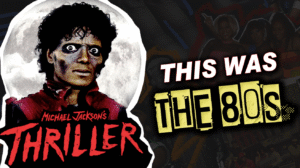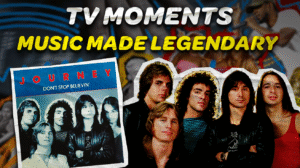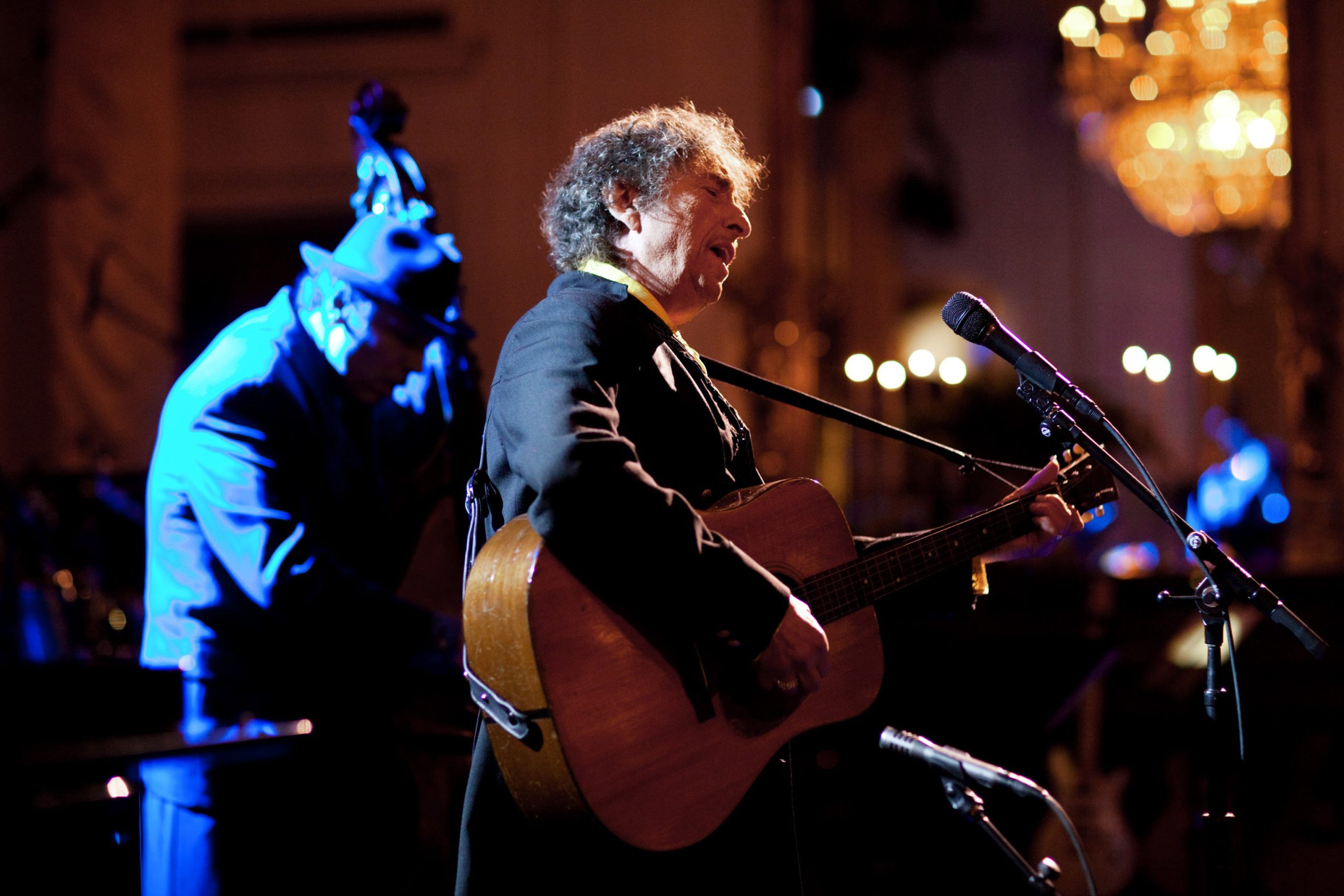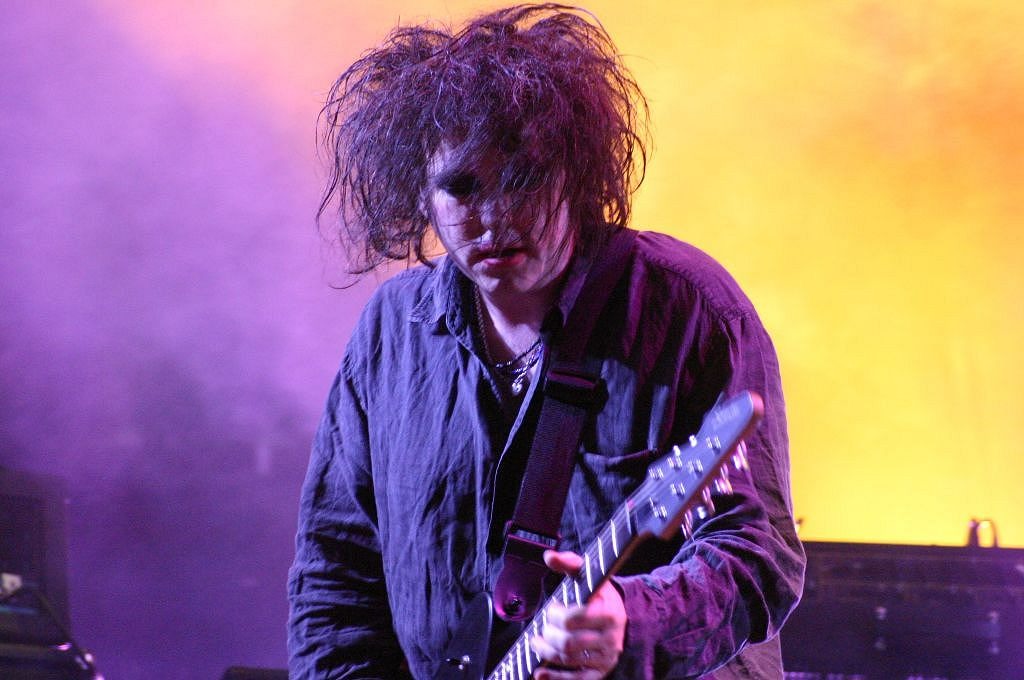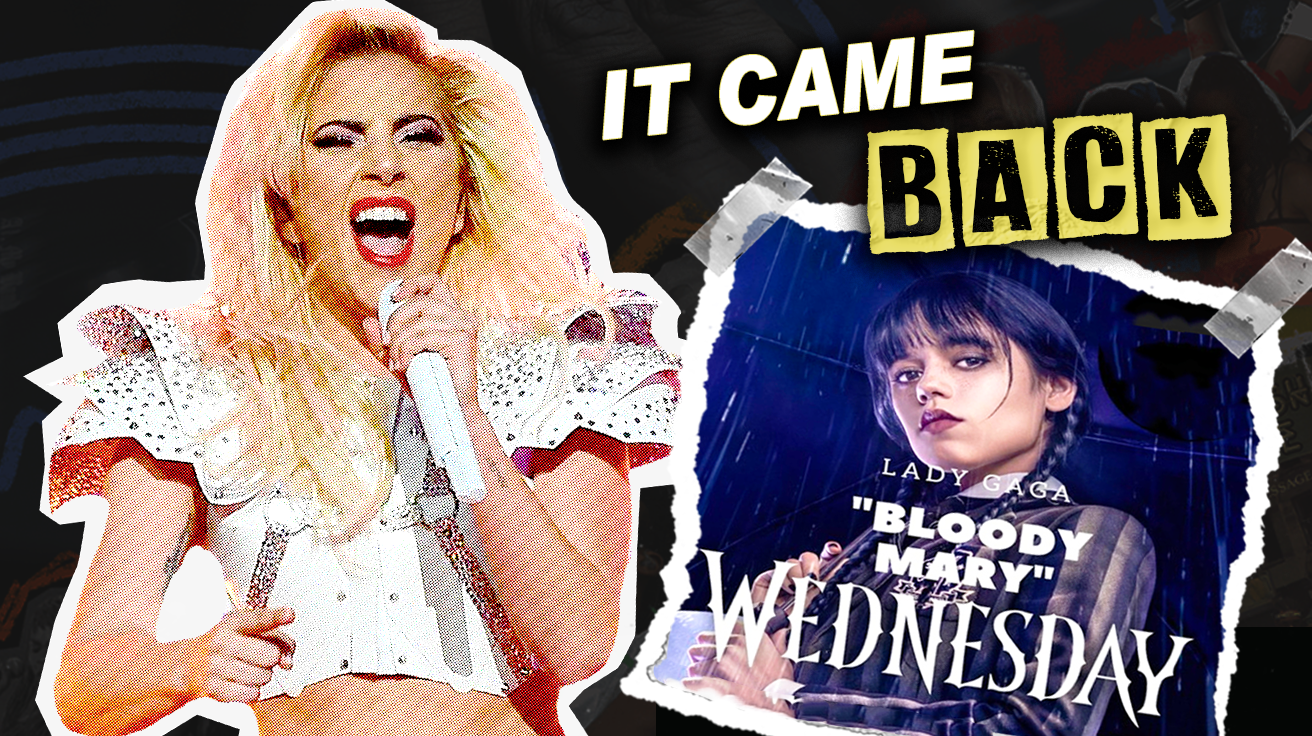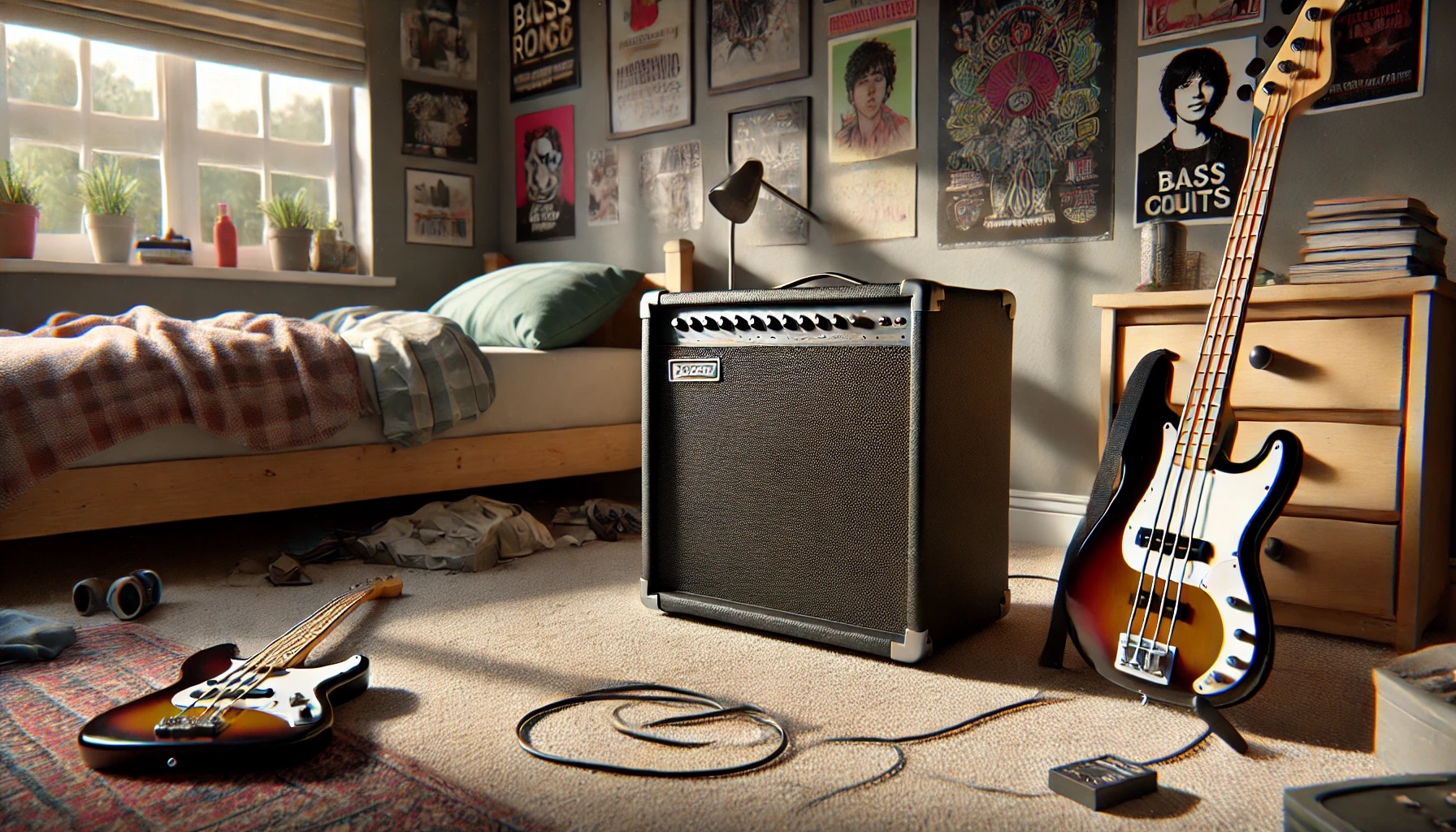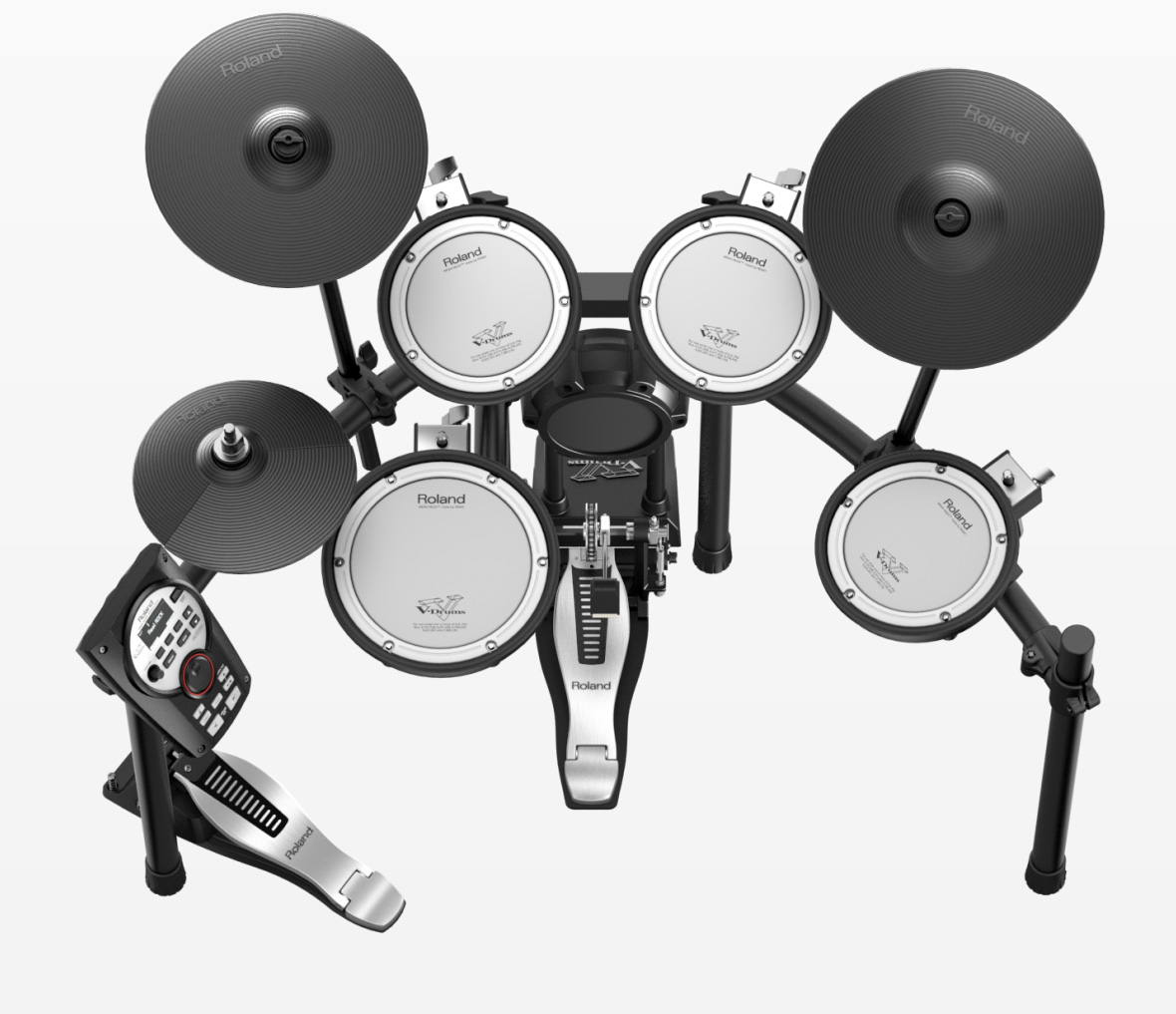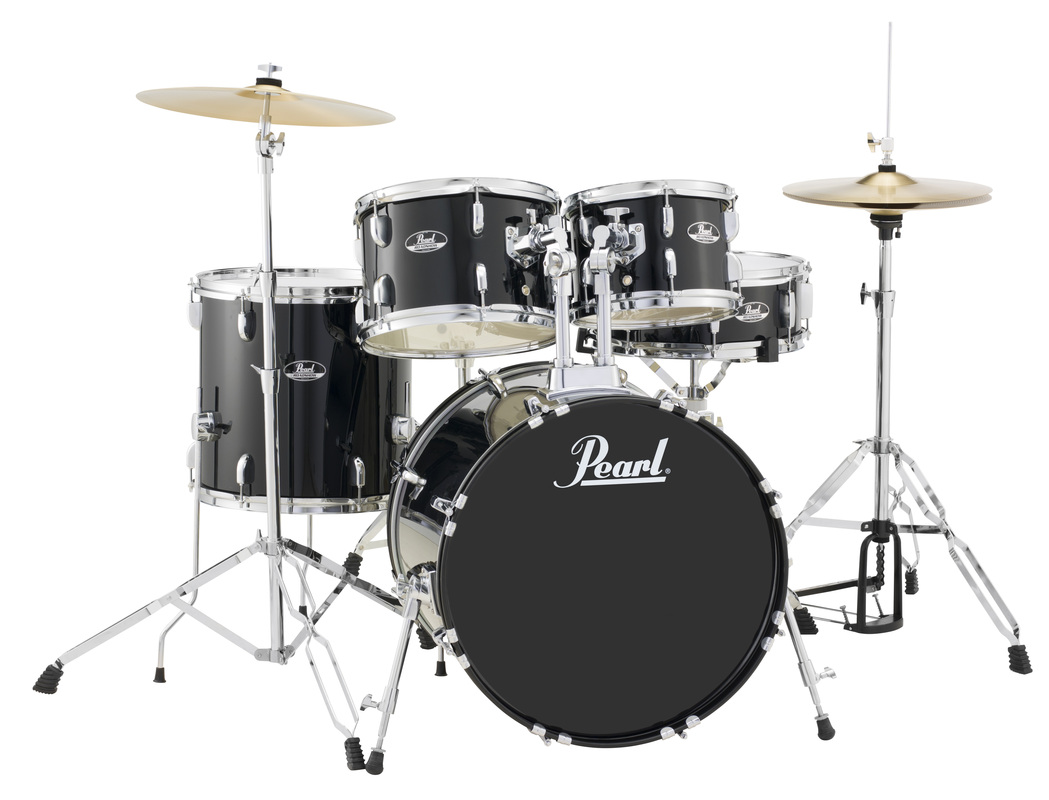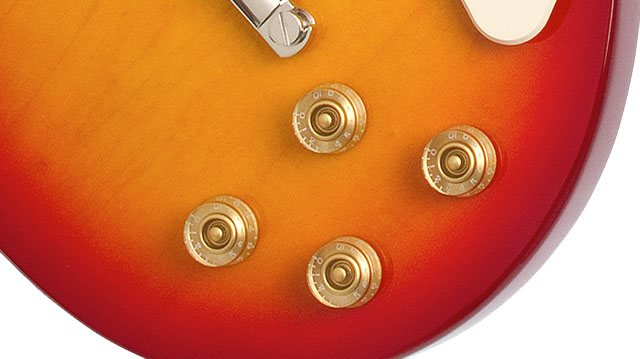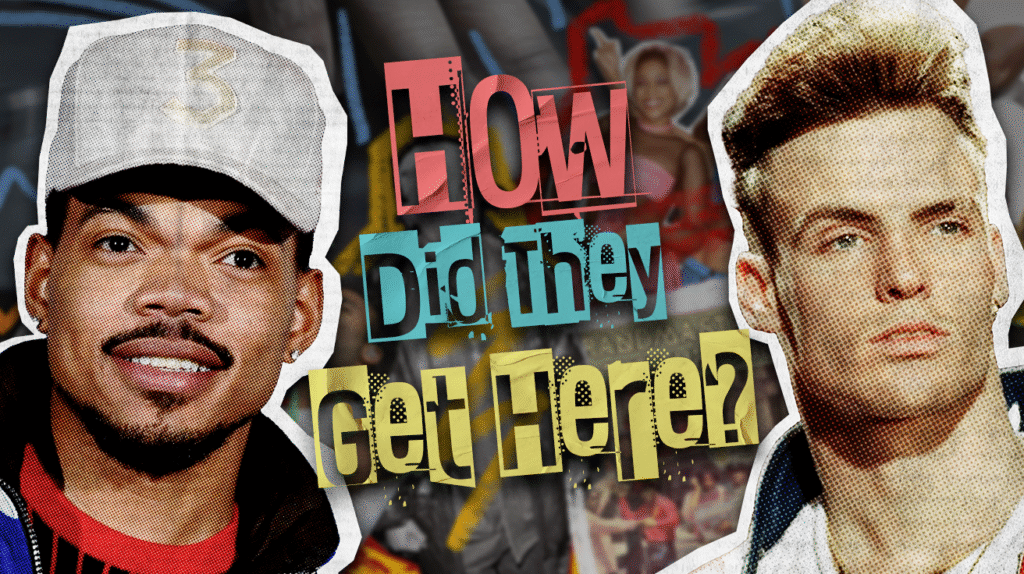
One misguided creative decision can obliterate decades of carefully built momentum in the music industry. From Vanilla Ice’s gangsta rap rebrand to Chance the Rapper’s marriage manifesto, these career-killing releases reveal how quickly audiences abandon artists who lose touch with their core identity.
Each spectacular derailment offers a masterclass in industry miscalculation, where artistic ambition collided catastrophically with commercial reality. These aren’t just bad albums—they’re autopsy reports of careers that forgot what made them special in the first place. When veteran A&R executive Danny Goldberg observed that “artists often destroy themselves trying to become what they think the market wants,” he could have been describing any of these cautionary tales.
10. Terence Trent D’Arby – Neither Fish Nor Flesh (1989)
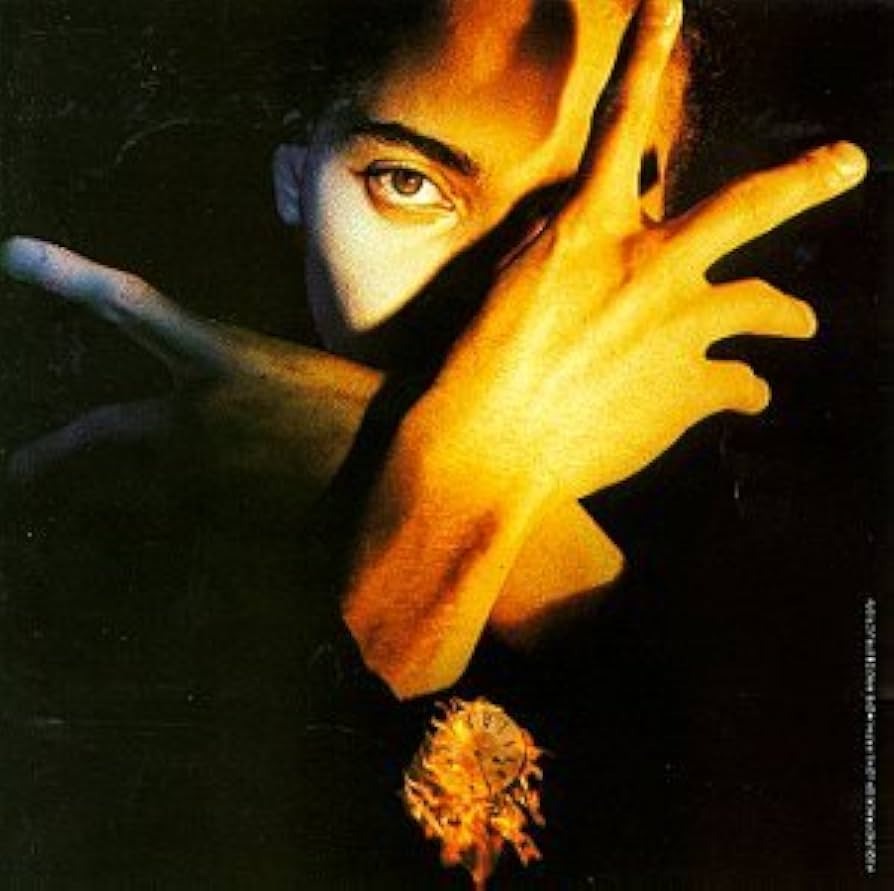
Twelve million sales worldwide should have guaranteed D’Arby eternal stardom after he boldly declared his debut superior to Sgt. Pepper’s. However, Neither Fish Nor Flesh confused fans expecting another “Wishing Well,” selling only two million copies—a devastating 83% drop that shocked industry insiders.
D’Arby legally changed his name to Sananda Maitreya and built a respectable independent following, but never recaptured mainstream lightning twice. His experimental jazz odyssey proved that artistic ambition without audience consideration can instantly vaporize commercial momentum, regardless of previous critical acclaim or commercial success.
9. Vanilla Ice – Mind Blowin’ (1994)

If you’re famous for wholesome pop rap, attempting hardcore gangsta credibility resembles discovering underground culture at suburban shopping centers. After “Ice Ice Baby” catapulted him to stardom, Ice ditched his clean image for dreadlocks, bong imagery, and awkward profanity that sounded painfully rehearsed rather than natural.
Mind Blowin’ sold approximately 42,000 copies—a microscopic fraction of his multi-platinum debut’s success. His manufactured transformation backfired spectacularly, proving aesthetic changes can’t substitute for authentic street credibility that must be earned through genuine cultural experience, not borrowed from music videos and magazine spreads. For a look at other notorious reputational collapses, check out the most hated musicians in history.
8. Chance the Rapper – The Big Day (2019)

Marriage themes killed Chance’s momentum faster than wedding crashers fleeing reception security. The Big Day sold 108,000 first-week units but collapsed under repetitive marriage themes and saccharine sentiments. Tracks like “Hot Shower” felt like algorithm-generated parodies while endless relationship references resembled that friend who makes their coupling their entire personality and social media presence.
Chance canceled his arena tour, citing family reasons, though everyone understood audiences had simply moved on to fresher voices. His fall from independent hip-hop royalty to social media punchline happened with breathtaking speed and devastating finality that left industry observers stunned by the dramatic reversal of fortune.
7. Kevin Federline – Playing with Fire (2006)
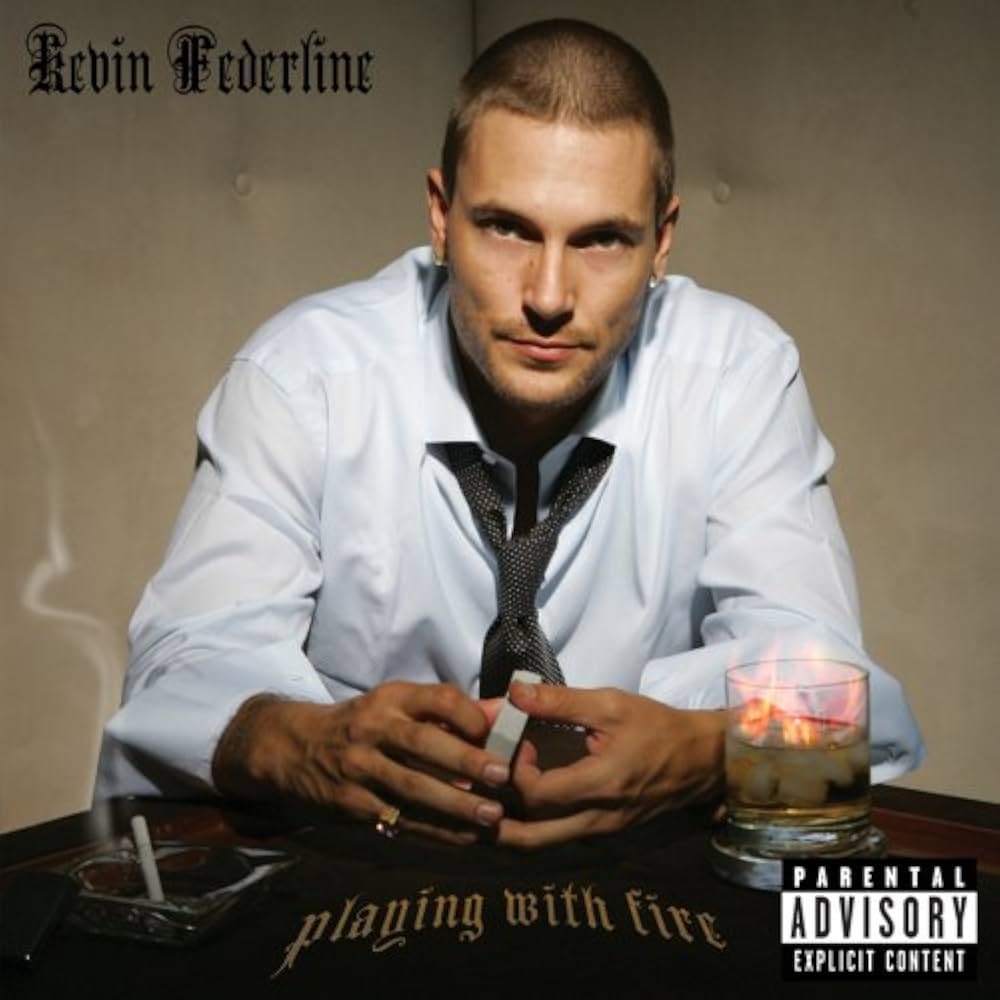
Celebrity proximity creates dangerous delusions about artistic talent, as K-Fed’s catastrophic rap debut brutally demonstrated to the entertainment industry. K-Fed’s rap debut earned a historic 15/100 on Metacritic while selling 6,000 copies its first week—numbers so embarrassingly low they qualify as statistical rounding errors in industry accounting systems.
Federline delivered tracks like “PopoZão” with misplaced confidence, creating a spectacular monument to nepotism disguised as hip-hop artistry that nobody requested or wanted. His failure stands as definitive proof that studio access and famous connections cannot compensate for complete absence of musical ability, rhythm, or basic understanding of rap fundamentals.
6. Culture Club – From Luxury to Heartache (1986)
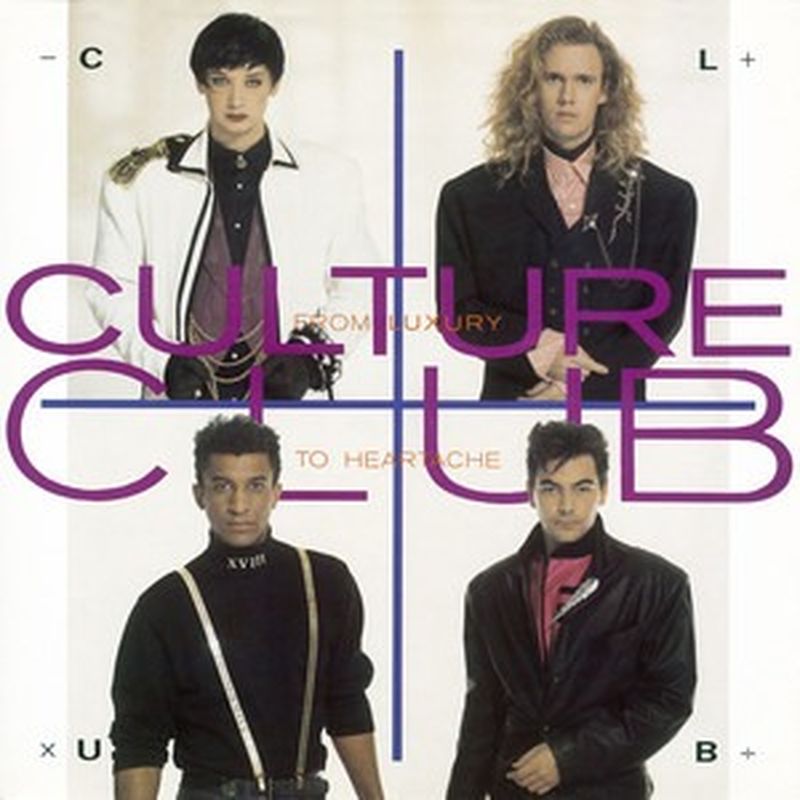
Addiction destroys bands from within, turning creative partnerships into toxic battlegrounds where music becomes collateral damage. From Luxury to Heartache reflected internal chaos rather than pop sensibilities, lacking both infectious hooks and cultural timing that made them MTV darlings during their creative peak years.
Lead single “Move Away” achieved modest success before vanishing while George’s drug arrest overshadowed everything the band attempted. Personal destruction had finally overwhelmed their pop machinery, creating music that mirrored backstage turmoil instead of the vibrant energy that once defined their sound and captured audiences worldwide.
5. Scott Weiland – 12 Bar Blues (1998)

Solo albums expose how much bandmates actually contribute to an artist’s signature sound and commercial appeal. Weiland’s experimental release replaced STP’s muscular rock with disjointed art-pop experiments showcasing an ambitious vision without melodic accessibility or commercial consideration. 12 Bar Blues sold approximately 90,000 copies with mixed critical reception from industry observers.
Weiland eventually returned to STP before forming Velvet Revolver, quietly acknowledging that some creative partnerships shouldn’t be dissolved—they should be treasured and protected. His solo experiment revealed the irreplaceable chemistry that made Stone Temple Pilots work so effectively together, demonstrating that collaborative magic often exceeds individual ambition.
4. Will Smith – Lost and Found (2005)
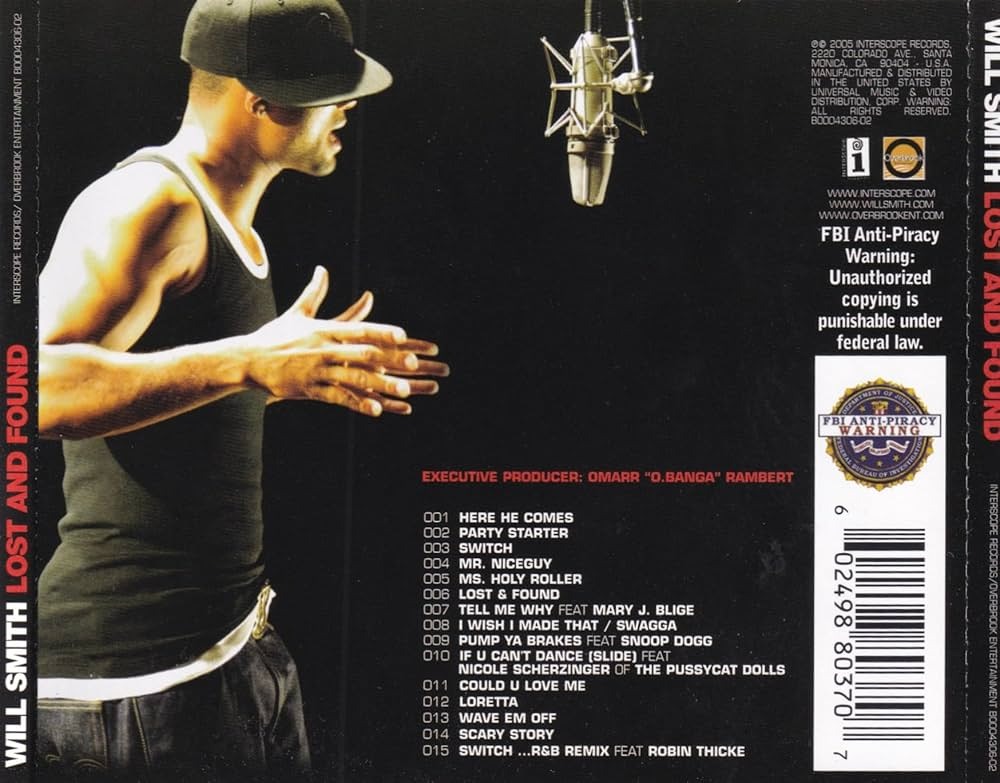
Timing in hip-hop matters more than talent, as Smith discovered when his comeback arrived years too late for cultural relevance. Years of family-friendly blockbusters made his return feel disconnected from rap’s evolution into darker, more complex territories. Lost and Found reached number six on Billboard but generated zero cultural impact or lasting influence.
Lead single “Switch” briefly charted before vanishing while critics noted his squeaky-clean approach felt irrelevant to contemporary hip-hop’s gritty authenticity. Smith learned the painful lesson that cultural relevance operates on its own timeline, not Hollywood’s convenient scheduling or studio system demands for crossover appeal.
3. Motley Crue – Generation Swine (1997)
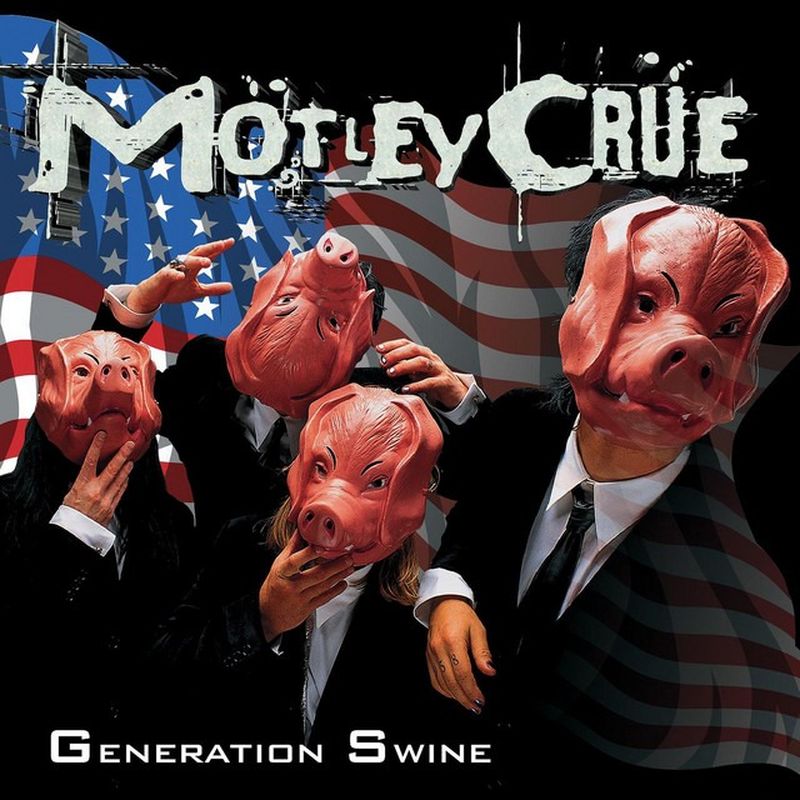
If you’re an eighties metal band facing nineties trends, resist the urge to completely reinvent your sound and alienate core audiences. Mötley Crüe’s reunion with Vince Neil should have been triumphant but delivered satisfaction for neither longtime fans nor new listeners seeking contemporary sounds. Generation Swine debuted at number four and achieved gold certification before quickly fading from public consciousness.
Electronic textures replaced trademark sleazy anthems, creating music that pleased absolutely no one—too evolved for nostalgic fans, too dated for progressive listeners. Their identity crisis demonstrated how chasing contemporary trends often alienates existing audiences without attracting new ones, a fate shared by many bands that changed styles and failed.
2. MC Hammer – The Funky Headhunter (1994)
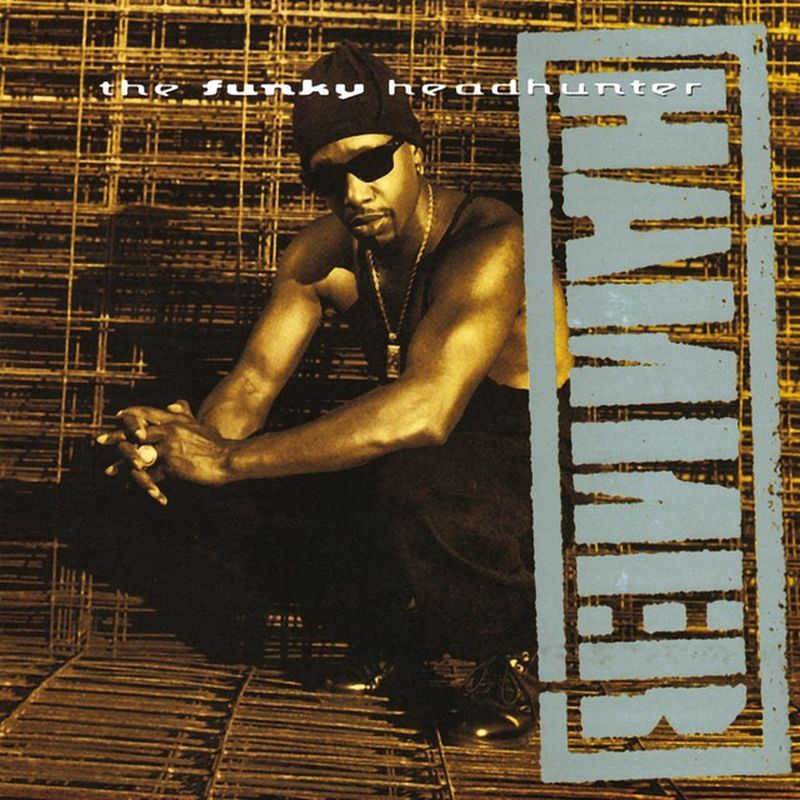
Financial desperation produces terrible artistic decisions, transforming wholesome entertainers into unconvincing street personas through calculated image makeovers. The Funky Headhunter replaced signature dance-pop with aggressive posturing while singles like “Pumps and a Bump” highlighted jarring disconnects between his wholesome brand and manufactured new direction that fooled absolutely no one.
Commercial failure contributed to his 1996 bankruptcy filing and industry ridicule. Sometimes the most expensive education involves learning that authenticity cannot be purchased, manufactured, or faked through image makeovers designed by marketing committees rather than genuine artistic evolution, personal growth, or authentic cultural transformation.
1. Metallica – St. Anger (2003)

Group therapy sessions rarely improve album quality, as Metallica’s crisis-era release painfully proved to metal fans worldwide. Metallica’s 2003 release arrived amid group therapy sessions, bassist replacement drama, and James Hetfield’s rehabilitation stint that dominated headlines. St. Anger featured intentionally raw production and infamous tinny snare drums that became internet memes and metalhead punchlines.
The deliberate absence of guitar solos alienated longtime fans while “Some Kind of Monster” documented legends temporarily forgetting their legendary essence, proving even giants stumble catastrophically. Their recovery with later albums couldn’t erase memories of this spectacular creative meltdown that damaged decades of accumulated goodwill and fan loyalty.




